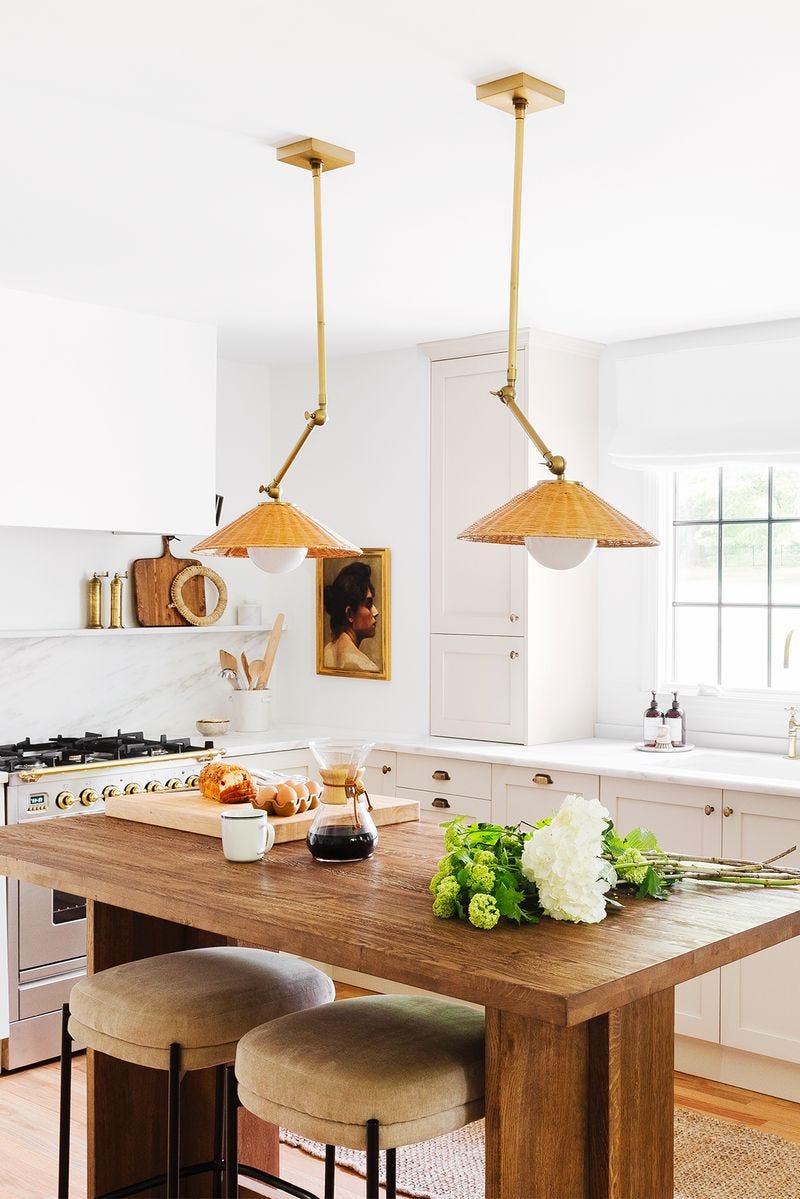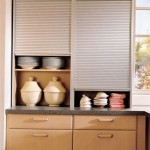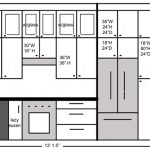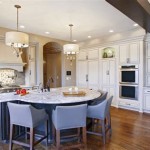Kitchen Island Light Fixture Ideas: Illuminating Style and Function
Many consider the kitchen island the heart of the home. It serves as a gathering spot for family and friends, a preparation station for meals, and a casual dining area. Given its central role, proper lighting is essential. Kitchen island light fixtures are not merely functional; they are also a key element of design, contributing to the overall aesthetic and ambiance of the space. Selecting the right fixtures can transform a kitchen, enhance its functionality, and create a welcoming atmosphere.Choosing the right lighting for a kitchen island involves considering several factors, including the size of the island, the height of the ceiling, the overall style of the kitchen, and the intended use of the island. There is no one-size-fits-all solution; the ideal lighting will be tailored to the specific needs and characteristics of each individual kitchen. This article explores various kitchen island light fixture ideas, providing insights to assist in making informed decisions.
Pendant Lights: A Versatile Choice
Pendant lights are among the most popular choices for kitchen island lighting. These fixtures hang from the ceiling, providing focused illumination directly onto the island surface. Their versatility allows them to complement a wide range of kitchen styles, from traditional to contemporary. The selection of pendant lights is vast, encompassing different shapes, sizes, materials, and finishes.
When choosing pendant lights, consider the size and shape of the island. For larger islands, multiple pendant lights are often used to provide even illumination across the entire surface. A general guideline is to space pendant lights approximately 24 to 30 inches apart. The size of the pendants should also be proportional to the size of the island and the kitchen. Overly large pendants can overwhelm a small space, while too-small pendants may get lost in a larger kitchen.
The height at which pendant lights are hung is also crucial. Generally, the bottom of the pendant should be approximately 30 to 36 inches above the island surface. This height ensures that the light is focused on the working area without obstructing views or causing glare. For kitchens with higher ceilings, the pendants can be hung slightly higher. Adjustable cords or rods allow for customization of the hanging height.
The style of the pendant lights should harmonize with the overall style of the kitchen. For modern kitchens, sleek and minimalist pendants with clean lines and metal finishes are a good choice. In traditional kitchens, pendants with more ornate details, such as glass shades or wrought iron accents, may be more appropriate. For a rustic kitchen, consider pendants made from natural materials like wood or rope.
Different types of pendant lights offer varying degrees of illumination. Downward-facing pendants provide focused task lighting, while those with translucent shades or open designs can provide more ambient light. Consider the primary use of the island when selecting pendant lights. If the island is primarily used for food preparation, bright, focused lighting is important. If the island is mainly used for casual dining or entertaining, ambient lighting may be more suitable.
Popular pendant light styles include glass pendants, which offer a clean and elegant look; metal pendants, which are durable and versatile; and fabric pendants, which add a soft and warm touch to the kitchen.
Linear Suspension Lights: Modern and Streamlined
Linear suspension lights, also known as linear chandeliers, are a modern and streamlined alternative to pendant lights. These fixtures feature a single, elongated light fixture that hangs horizontally above the kitchen island. They are particularly well-suited for long, rectangular islands. Linear suspension lights provide even illumination across the entire island surface, eliminating the need for multiple individual pendants.
When selecting a linear suspension light, the length of the fixture is a key consideration. The fixture should ideally be about two-thirds the length of the island. This ensures that the entire island is adequately illuminated without the fixture being too overpowering. The height at which the linear suspension light is hung is also important. As with pendant lights, the bottom of the fixture should be approximately 30 to 36 inches above the island surface.
Linear suspension lights are available in a variety of styles, ranging from sleek and minimalist to more elaborate and decorative. Modern kitchens often benefit from linear suspension lights with clean lines and metal finishes. For a more industrial aesthetic, consider linear suspension lights with exposed bulbs or cage-like designs. In transitional kitchens, linear suspension lights with subtle curves and mixed materials can be a good choice.
The type of light source used in a linear suspension light can also affect the overall ambiance of the kitchen. LED linear suspension lights are energy-efficient and provide bright, even illumination. Halogen linear suspension lights offer a warmer light, which can be more inviting. Dimmable linear suspension lights allow for adjustment of the light level, providing flexibility for different activities.
Materials used in linear suspension lights vary widely, including metal, glass, wood, and fabric. Metal linear suspension lights are durable and easy to clean. Glass linear suspension lights add a touch of elegance and sophistication. Wood linear suspension lights provide a warm and natural look. Fabric linear suspension lights can diffuse the light, creating a softer and more inviting ambiance.
Recessed Lighting: Complementary and Subdued
While not typically the primary source of lighting for a kitchen island, recessed lighting plays a crucial role in supplementing and enhancing the overall illumination of the space. Recessed lights are installed flush with the ceiling, providing a clean and unobtrusive source of ambient light. They are particularly useful for filling in shadows and creating a more evenly lit environment.
Recessed lighting can be used in conjunction with pendant lights or linear suspension lights to create a layered lighting scheme. This approach allows for both focused task lighting on the island surface and general ambient lighting throughout the kitchen. Recessed lights can also be used to highlight architectural features or artwork in the kitchen.
When planning recessed lighting, consider the spacing and placement of the fixtures. A general guideline is to space recessed lights approximately 4 to 6 feet apart. The placement of the lights should be carefully considered to ensure that they are not casting shadows on the island or creating glare. Adjustable recessed lights allow for directing the light beam to specific areas.
The type of bulb used in recessed lighting can have a significant impact on the overall ambiance of the kitchen. LED recessed lights are energy-efficient and provide a bright, white light. They are available in a range of color temperatures, allowing for customizing the look and feel of the kitchen. Halogen recessed lights offer a warmer light, which can be more inviting. Incandescent recessed lights are the least energy-efficient option and produce a warmer light.
Different types of recessed lighting are available, including standard recessed lights, which provide a broad beam of light; adjustable recessed lights, which allow for directing the light beam; and baffle recessed lights, which reduce glare. The choice of recessed lighting type will depend on the specific needs and characteristics of the kitchen.
In addition to their functional benefits, recessed lights can also contribute to the aesthetic appeal of the kitchen. Trimless recessed lights, which have no visible trim, offer a clean and minimalist look. Decorative recessed lights, which feature decorative trim or accents, can add a touch of style to the kitchen.
The color of the trim on recessed lights should also be considered. White trim is a common choice, as it blends seamlessly with most ceilings. Metal trim, such as brushed nickel or bronze, can add a touch of sophistication. Black trim can create a more dramatic look.
Consider the kitchen's overall lighting plan. It is important to think about how the different light sources will work together to create a cohesive and functional space. A well-planned lighting scheme will enhance the beauty and functionality of the kitchen, making it a more enjoyable place to cook, entertain, and gather with family and friends.
Ultimately, the ideal kitchen island light fixture will depend on the individual needs and preferences. By considering the size of the island, the style of the kitchen, and the intended use of the island, it is possible to select fixtures that are both functional and aesthetically pleasing. The possibilities are virtually endless, offering opportunities to create a truly unique and personalized kitchen space.

25 Chic Kitchen Island Lighting Ideas Light Tips

Design Ideas For The Ultimate Entertaining Kitchen

9 Stunning Kitchen Island Lighting Ideas Design Cafe

10 Kitchen Island Lighting Ideas For A Stylish Glow

5 Kitchen Lighting Ideas For Your Home Petersen Electric

The 40 Best Kitchen Island Lighting Ideas Ever Lightopia

15 Best Kitchen Island Lighting Ideas 2024 Small

Pendant Lighting Over The Kitchen Island A Simple Guide

10 Kitchen Island Lighting Ideas For A Stylish Glow

5 Modern Kitchen Island Lighting Ideas Crd Design Build








